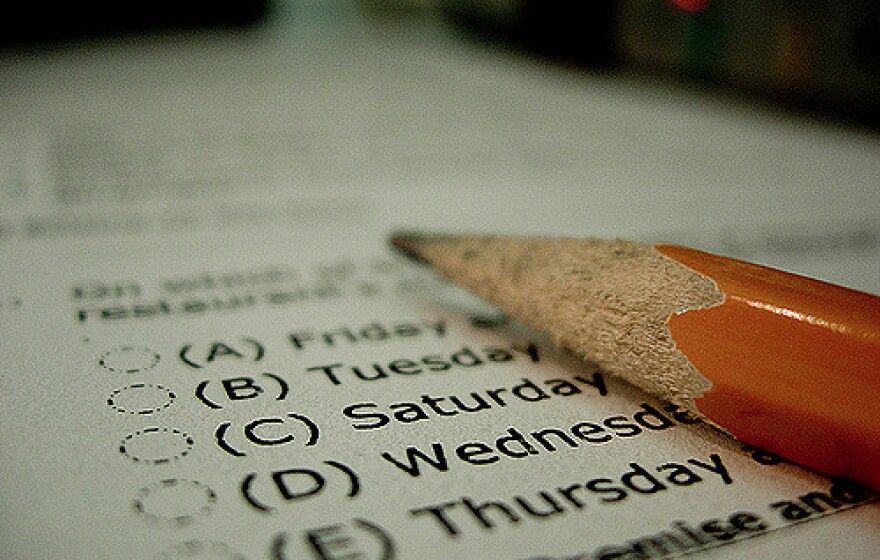More than half of Maryland’s students who took standardized tests last spring failed them, according to the state Department of Education.
The department released scores on the 2016 Partnership for the Assessment of Readiness for College and Career (PARCC) tests Tuesday which showed overall, modest gains throughout the state. The percentage of students passing the English test was essentially flat, but the percentage of African American and Hispanic students passing showed a small positive gain.
The PARCC tests assess students in grades three through eight in English language arts/literacy and math. High school students take PARCC tests in English, algebra and algebra II.
This was the second time Maryland students have taken PARCC tests, which are considered more difficult test than their predecessor, the Maryland State Assessments. But the scores are not yet being used for to evaluate students, schools and teachers. Maryland is reviewing and revising its accountability and evaluation systems, under the new federal Every Student Succeeds Act.
Baltimore schools made modest improvements of one to two percentage points on the math tests. For example, 10.3% of fifth graders passed PARCC math tests in 2015. This year, 13.3% passed.
Sonja Santelises, the schools’ chief executive officer, said in a statement those gains “are not enough for us to move our students to levels of true readiness for college and careers.”
But while math scores inched up, city students’ English language arts scores dropped significantly in grades three, six and 10.
"Systemic changes are needed in the way we teach literacy and language arts, beginning in the earliest grades,” Santelises said. “We must also continue to emphasize high-quality teaching and learning in science, social studies, and the arts beginning in the early elementary years.”
The schools are asking “for direction and specific supports,” she said, “and we hear them loud and clear.”
Some experts have attributed the change in scores to students taking the 2016 test on computers. The year before the test was administered on paper.
You can read more from Baltimore City Schools here.


